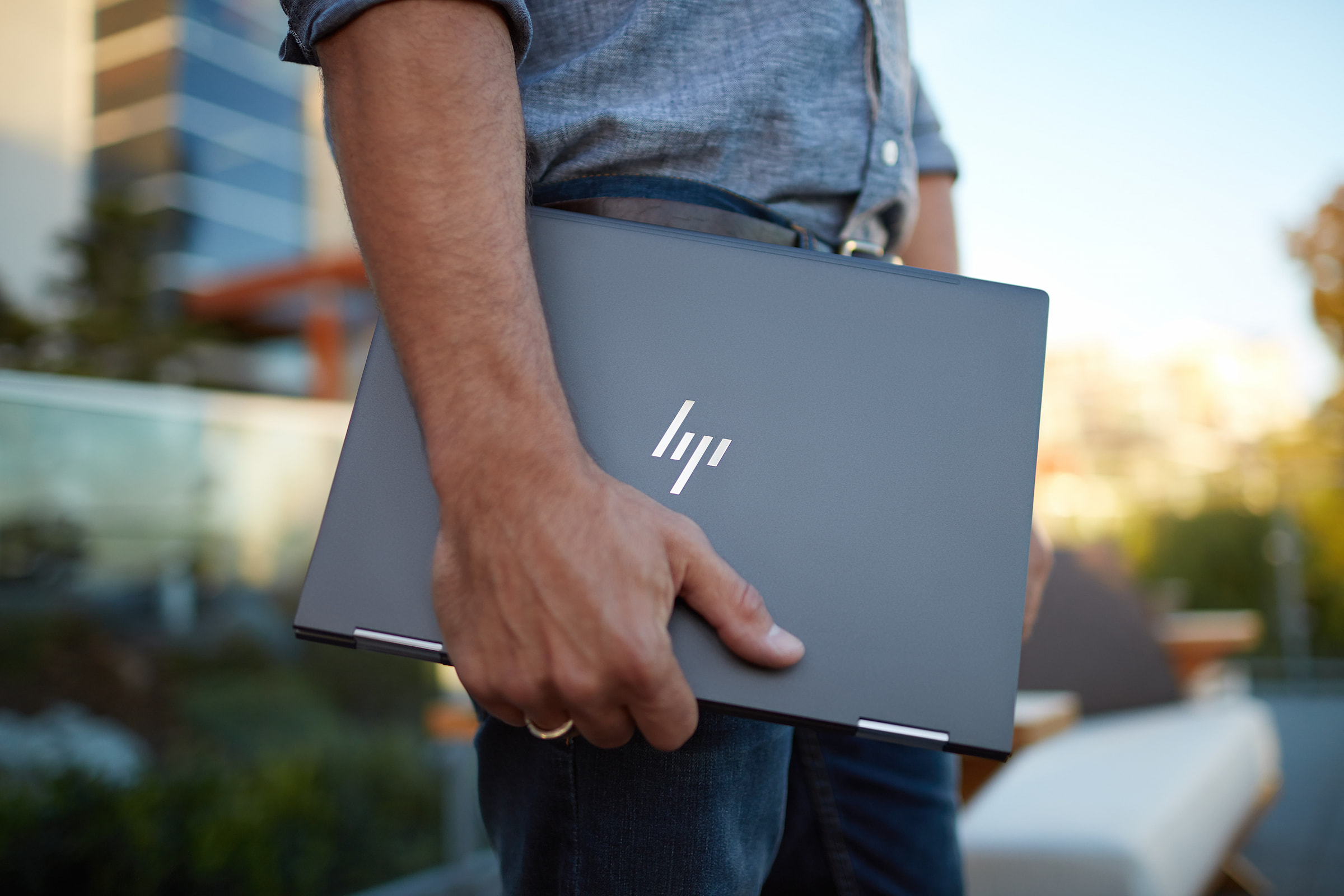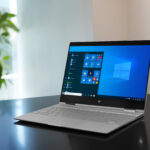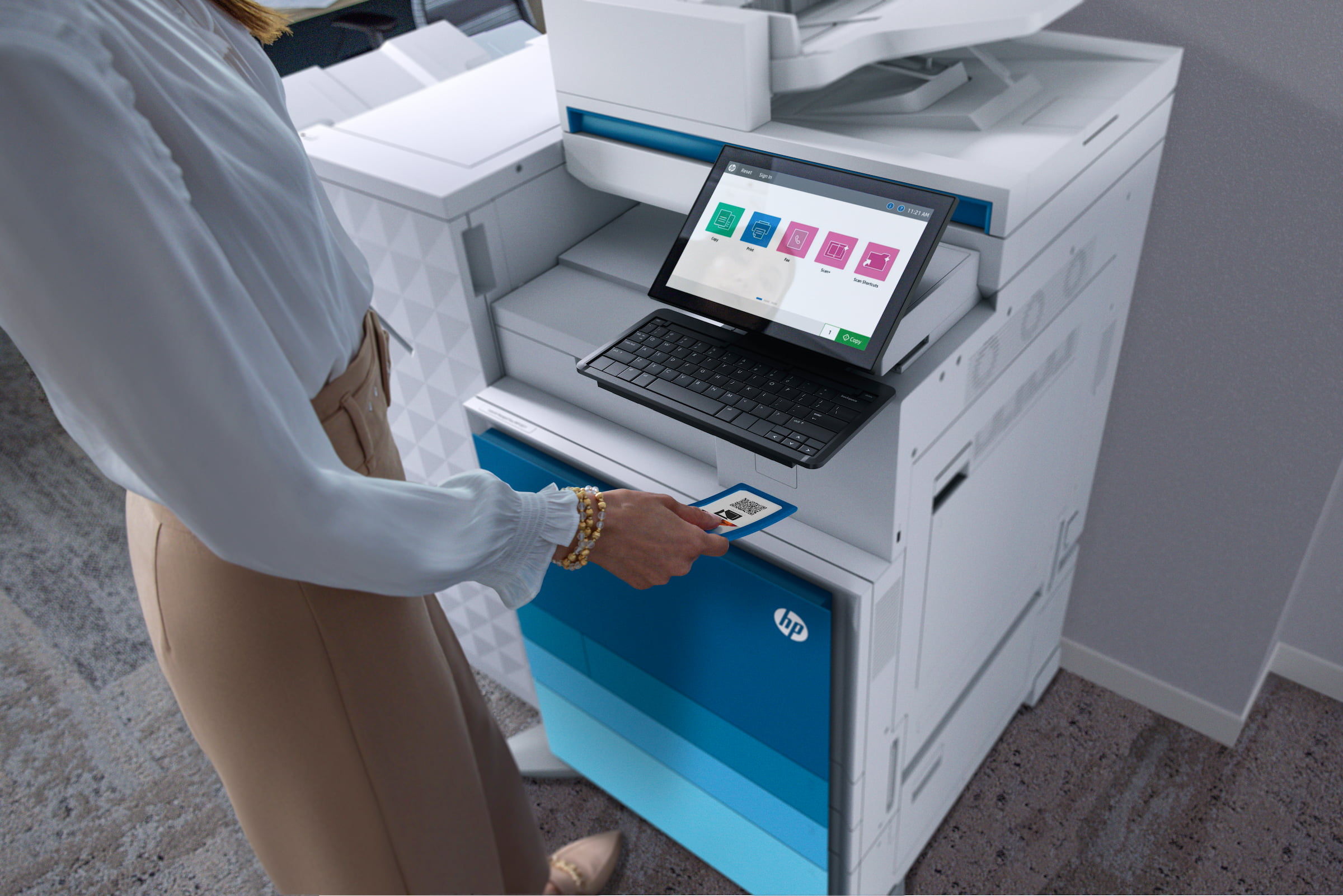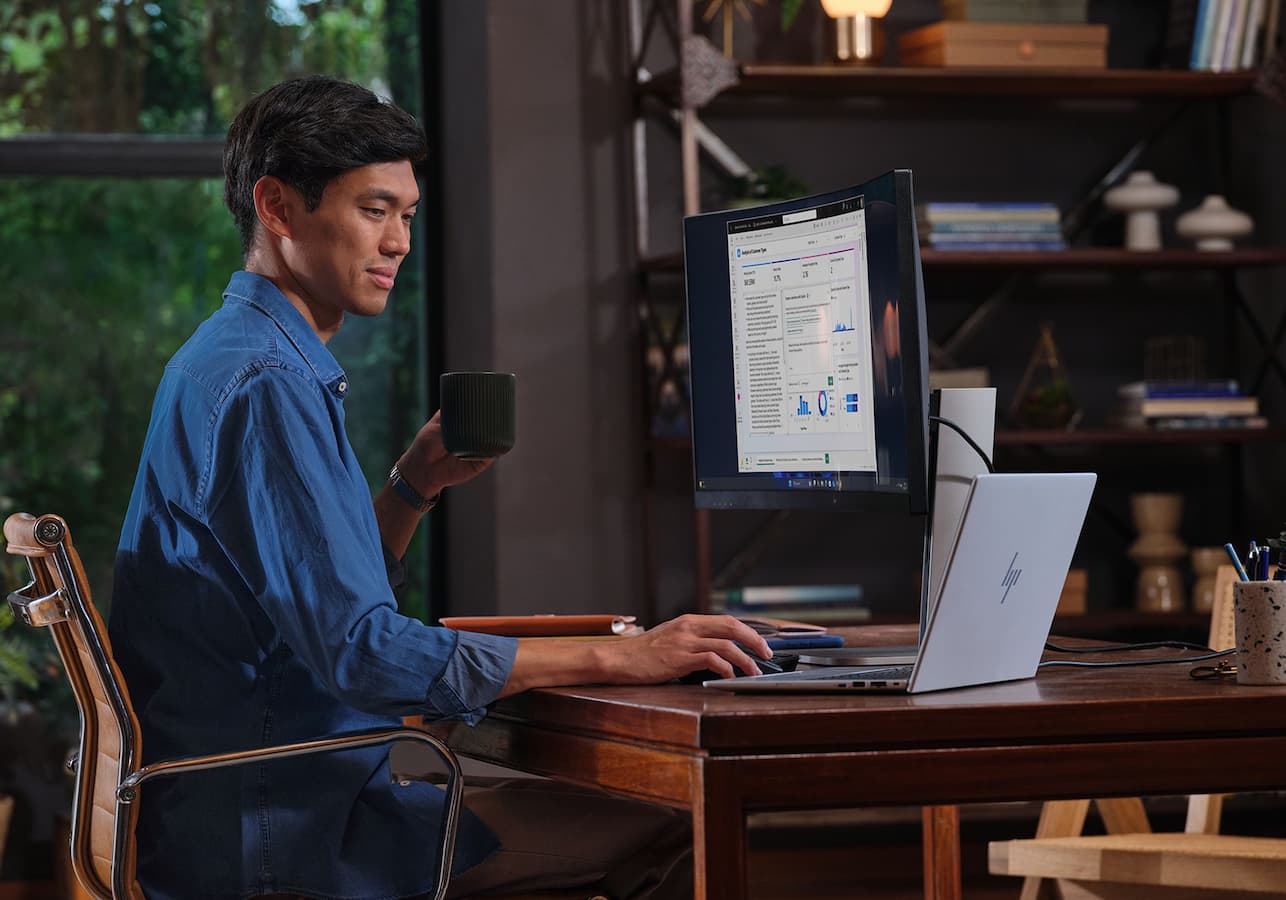
Windows 10 vs Windows 11
Windows 10 has deservedly generated a loyal fan-base, boasting an enhanced user experience and consistent performance overall. However, 10’s end of life date of 14th October 2025 is not negotiable – and though Windows 11 follows a similar setup, the benefits it brings to productivity and cyber security make it far more than just a simple cosmetic upgrade.
So, let’s compare the two. What precisely are you losing by moving away from Windows 10 – and more importantly, what is there to gain from Windows 11?
The Similarities Between Windows 10 vs Windows 11
If you’re concerned about how long it might take your teams to adjust to Windows 11, it’s important to remember that as an OS, it’s designed to feel very familiar – combining all the best bits of Windows 10 with a faster, more responsive interface, complete with additional features to aid your productivity.
Having removed Windows 10’s clunky Tiles from the Start Menu, Windows 11’s interface is neater and tidier, with the Taskbar more compactly designed for easier navigation. This is especially helpful for multitasking; since you can now group windows together and save them to the Taskbar as separate buttons, allowing you to easily redeploy them in case you’re interrupted. It’s effectively the same system, just streamlined to make room for more helpful tools!
If you’re managing multiple computers, you’ll need Windows 11 Pro – which gives you the freedom to roll out software updates over many devices simultaneously, remotely deactivate lost and stolen devices, and configure your encryption measures throughout your entire fleet.
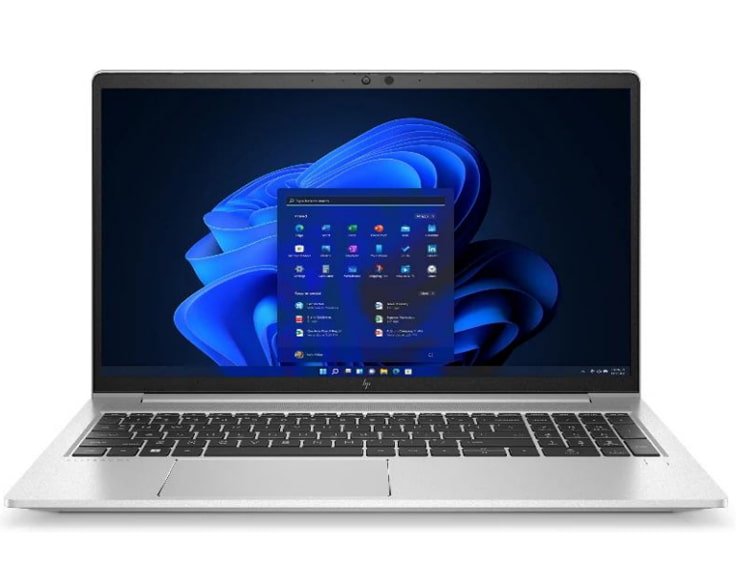
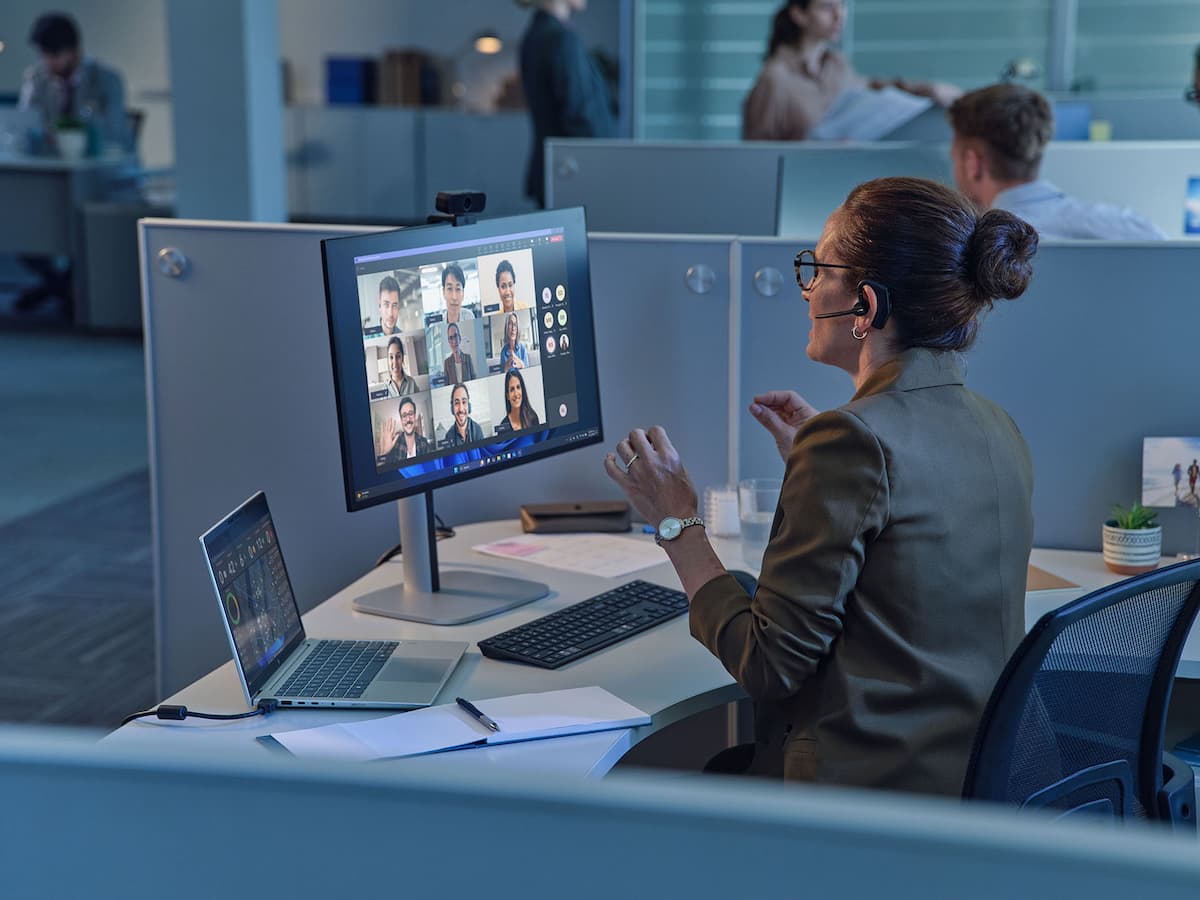
Why You Won’t Miss Windows 10
While it’s true that some things from Windows 10 won’t be crossing over to Windows 11, it’s not anything that you’ll miss. Top of the list of examples will be the frustrating forced reboots of Windows 10. These have been replaced with Windows 11’s small, smooth background updates – so that rather than interrupt you for extended periods at critical moments, your PC can be quietly optimised without disrupting your flow.
But what about features like Windows 10’s Tablet Mode? Well, though Tablet Mode no longer exists as a manual toggle in Windows 11, the OS instead just automatically optimises itself for touchscreens whenever one is connected to the system. This is a running theme of Windows 11: removing unnecessary touchpoints, so that they’re just part of the OS’ default processes instead.
News & Interests is another example. While this feature was used for displaying specific types of content for Windows 10, the utility of this was very limited, so it has now been replaced by Windows 11’s far more customisable Widgets. Essentially acting as a quick content digest, Widgets collates the usual news, traffic updates, and stock information, but now presents them alongside your Outlook calendar, to-do lists, and other customisable content, allowing you to easily keep up-to-date and organise your time optimally.
Discover the benefits of Windows 11 vs 10
So what exactly are the advantages that Windows 11 has over Windows 10? While we have a more detailed answer, here are the brief key points:
Productivity Tools
If you’re interested in your workforce’s productivity going up by 15%, or 42% faster completion of demanding workloads, you’ll want Windows 11 over Windows 10.Designed to help you handle complicated tasks, 11’s Snap Layout feature allows you to save specific formations of multiple windows – so that in case of disruptions, the formation can then be redeployed easily, effectively letting you pick up where you left off. However, if you’re still having trouble getting started, Microsoft Copilot gives your output a kick-start by directing you to relevant data and research, suggesting content ideas, and keeping you updated on recent developments.
Enhanced Security
The most obvious benefit of Windows 11 is that, unlike its predecessor, it’ll continue to receive free ongoing security patches after 14th October 2025. This should be reason enough to upgrade - but Windows 11 also has a significant one-up on Windows 10, in that its security features utilise a robust mix of hardware and software-based measures to effectively cover a wider range of threats.For instance, the persistent challenges of identity verification are addressed on both a hardware level and software level with Windows 11. On the software side, Windows Hello protects your system from in-person threats with facial biometrics, fingerprints, PIN codes, or passkeys. Meanwhile, on the hardware side, a physical processor called TPM 2.0 detects if malware is trying to hijack access to your device, and will protect your system by physically preventing the device from starting.
Stronger Performance
When staff are working while on the move, they can’t necessarily rely on having an available outlet at all times: which is a problem if their tasks require high levels of CPU usage. But when it comes to performance, Windows 10 can’t really keep up with Windows 11.Depending on various factors, battery life is now 61% higher on average when not plugged in – giving much more time for remote staff to work without an outlet – and with any surprise software upgrades now relegated to the background, performance will continually be optimised without harming productivity.
Windows 10 vs 11: The Biggest Difference
While Windows 11’s size is its biggest deviation from Windows 10, upgrading your devices to meet its requirements is far from a bad business decision. In fact, investing in this tech is just another thing future-proofing your business – since more storage means more freedom to innovate and develop; with 11’s optimised performance keeping your productivity high and your device downtime minimal.
However, organisations are going to struggle when coordinating an upgrade of this size, especially if you’re doing it in-house. Even just identifying the right Windows 11 tech takes up valuable time and resource; let alone sourcing it, organising delivery and installation, configuring each individual device, etc. The list goes on, and that’s before we’ve mentioned support, or the responsible disposal of your old devices, or the additional cost of any errors that might crop up along the way.
But that’s where Managed IT Services comes in. With Managed IT Services, this process is all handled for you – giving you the assurance that every stage of your Windows 11 upgrade is being handled by seasoned experts, and without requiring attention from your IT teams. Essentially acting as a safety net, this allows you to reap all the benefits of both Windows 11 and state-of-the-art tech; but at significantly reduced risk, and heightened cost-effectiveness.
Transitioning to Windows 11 with Apogee
Time’s running out in the lead-up to 14th October 2025, and device shortages are inevitable. Here’s how to transition to Windows 11 quickly, smoothly, and cost-effectively.
FAQs
Windows 11 Resources
Learn more with our Windows 11 transition FAQ pages:
Getting Ready for Windows 11
End of Life (EOL) Windows 10
Windows 11 Features
How to Upgrade to Windows 11
Windows 11 Versions
Talk to us now about starting your smoothest transition to Windows 11!
Contact Us Today!

